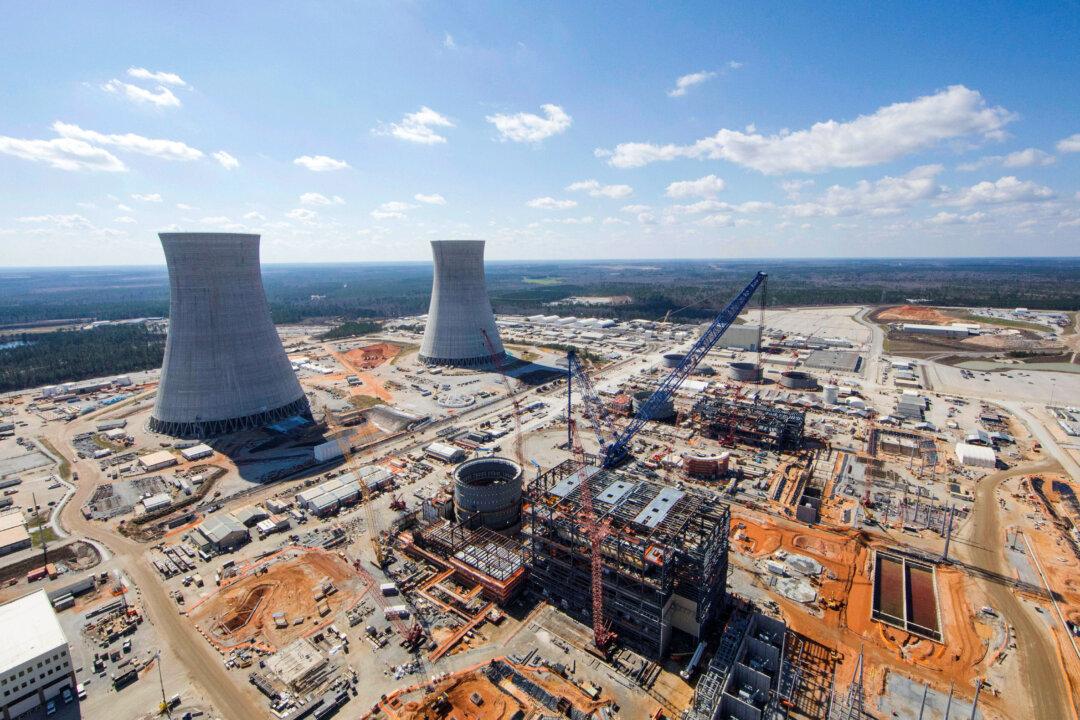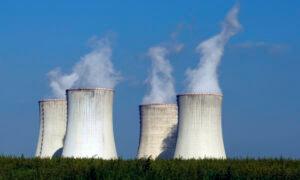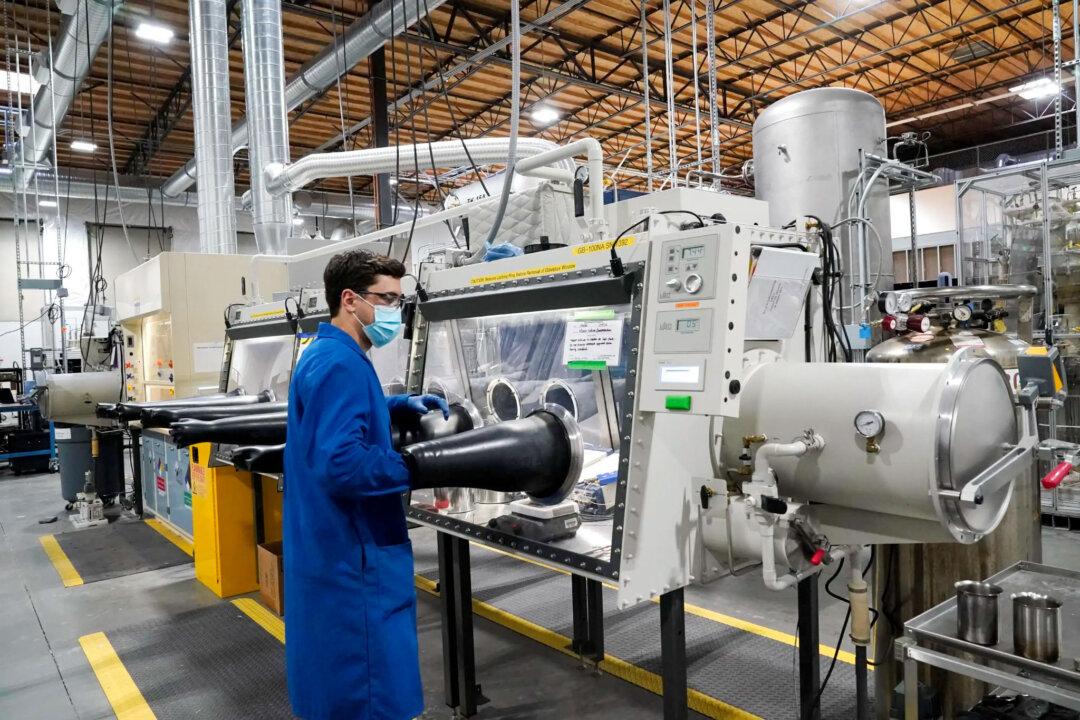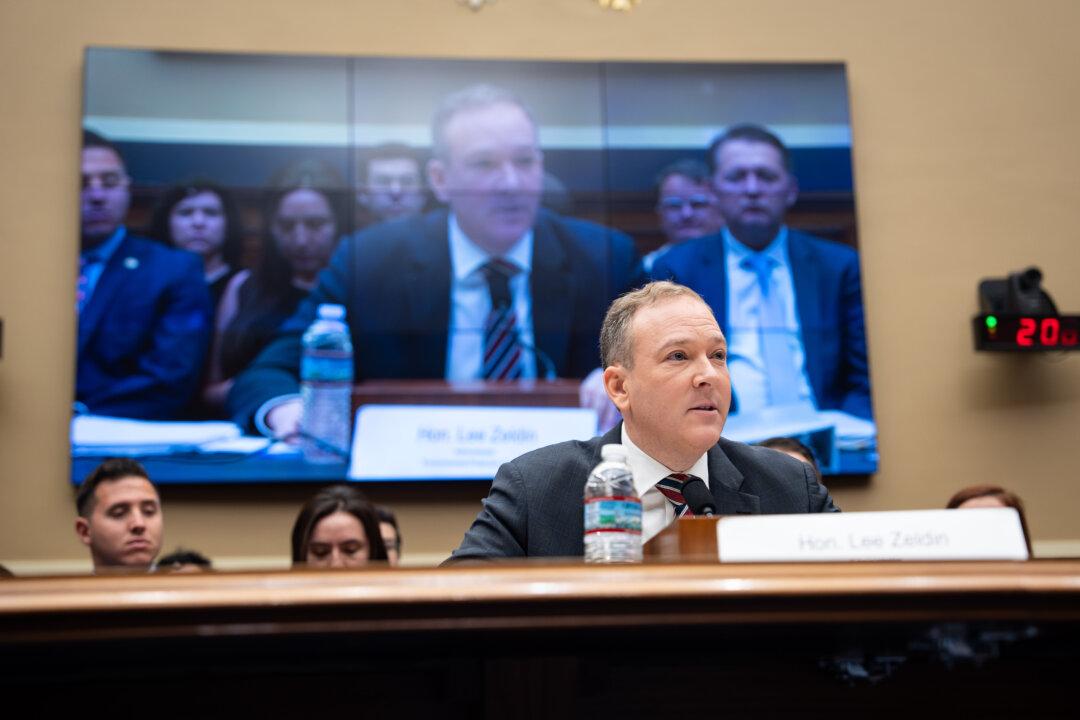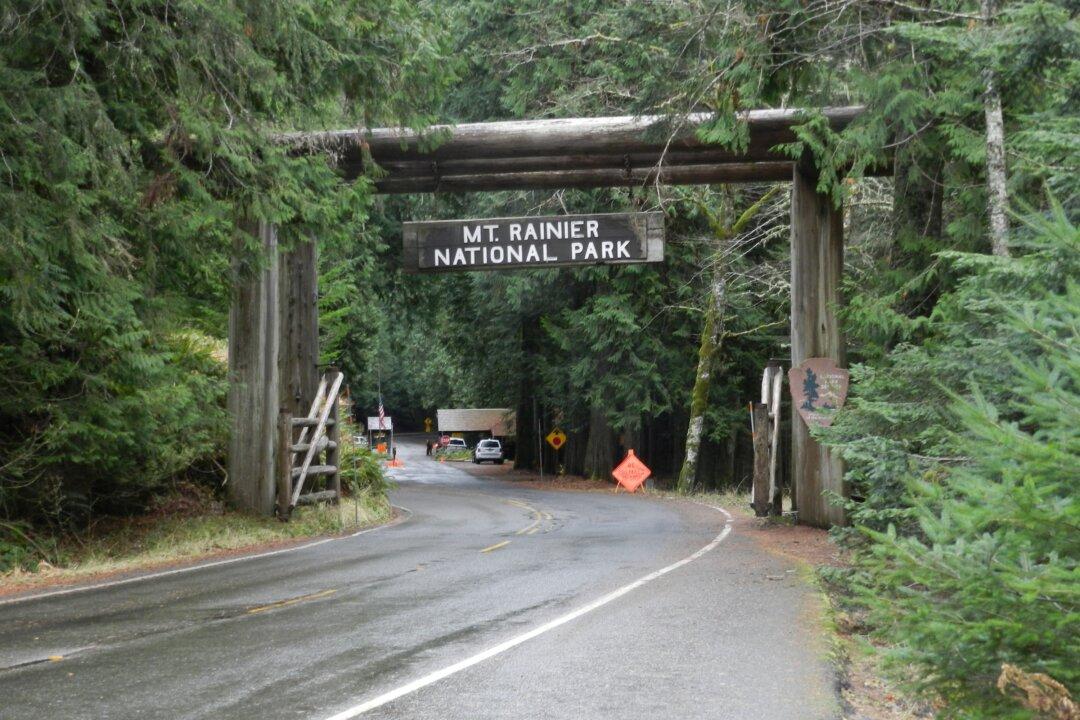President Donald Trump on May 23 signed four executive orders aimed at kindling an “American nuclear renaissance” by cutting regulations in the industry and fast-tracking new licenses for reactors and power plants.
The orders require the Nuclear Regulatory Commission to complete license reviews within 18 months, provide federal land for reactor development, and streamline regulations and permitting processes.
Safe and Secure Energy
White House Office of Science and Technology Policy Director Michael Kratsios told reporters that between 1950–1980, more than 100 nuclear generators were built in the United States.“However,” he said, “in the last 30 years, we started and built only two decommissioned commercial reactors across the country, stepped back from nuclear R&D, and abandoned hopes of nuclear energy powering a bright future.”
“America’s great innovators and entrepreneurs have run into brick walls when it comes to nuclear technology,” Kratsios said, calling the president’s executive initiatives a “historic action to ensure America’s energy dominance and provide affordable, reliable, safe, and secure energy to the American people.
“With these actions,” he added, “President Trump is telling the world that America will build again, and the American nuclear renaissance can begin.”

Streamlined Permitting, Land
The first nuclear energy-related executive order aims to accelerate nuclear reactor testing at the Department of Energy’s 16 national laboratories by expediting applications and review processes while launching a pilot program for the construction of new reactor designs in the next two years.The second streamlines Department of Energy and Department of Defense regulations to build nuclear reactors on federally owned land on or near national labs.
The third executive order outlines a “total and complete reform” of the Nuclear Regulatory Commission and requires it to complete reviews and issue decisions on licenses within 18 months.
The fourth is designed to boost production by “reinvigorating” the nation’s nuclear industrial base, including revamping regulations to resume mining and enriching uranium.
A half century ago, the United States was the world’s largest uranium producer.
By 2021, only 5 percent of the uranium used by the 55 nuclear power plants operating in the United States was produced domestically, with Canada (27 percent), Kazakhstan (25 percent), Russia (12 percent), Uzbekistan (11 percent), and Australia (9 percent) being the leading suppliers.
Russia’s February 2022 invasion of Ukraine underlined the urgency for the United States and European Union nations to end reliance on imported uranium from Russia and Kazakhstan, spurring Congress to act in a rare display of bipartisan accord.
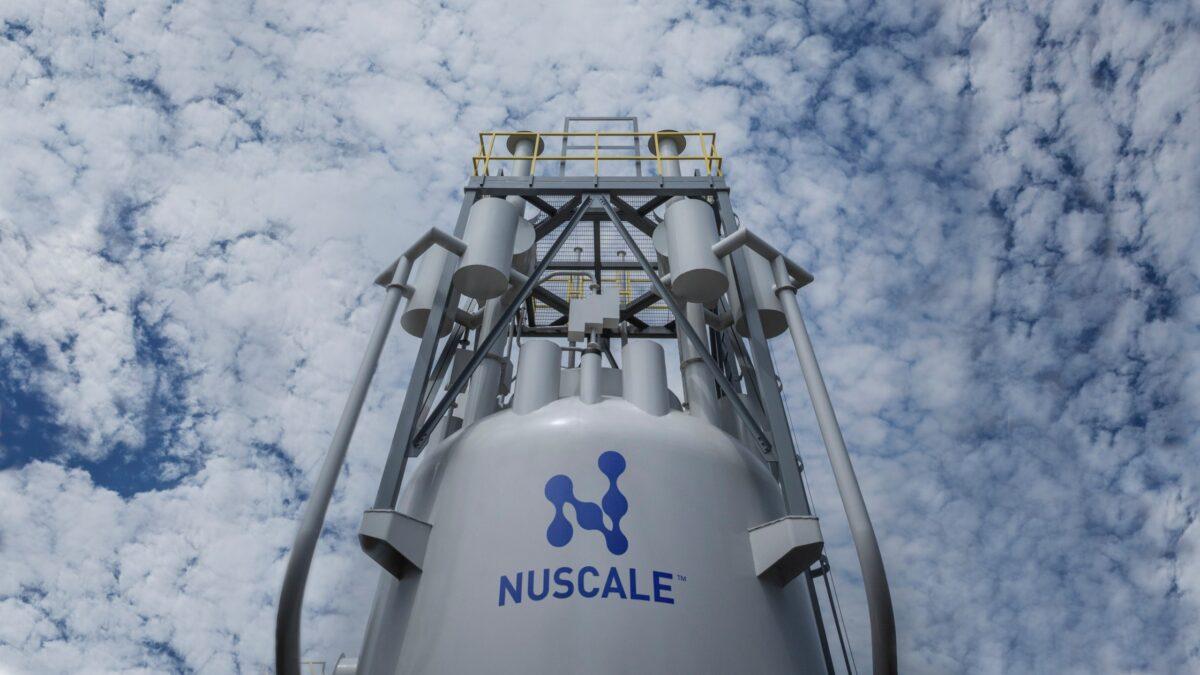
Building Momentum
The president’s executive orders will add momentum to bipartisan congressional efforts to spur nuclear power and incentivize SMR investment.Nuclear power has popular support.
Wright said his department is reshuffling allocations from Biden-era “intermittent” energy programs, such as solar and wind, and reorganizing its offices and staffing to be more focused on advancing technologies that will triple the nation’s electrical capacity in the coming decades.
“The nuclear industry is quite enthusiastic and quite confident they’re going to have the best environment ever for commercial nuclear power under this administration,” he said.
“What we’re doing is mobilizing tens of billions of dollars of private capital using the government” allocations to anchor those investments.
